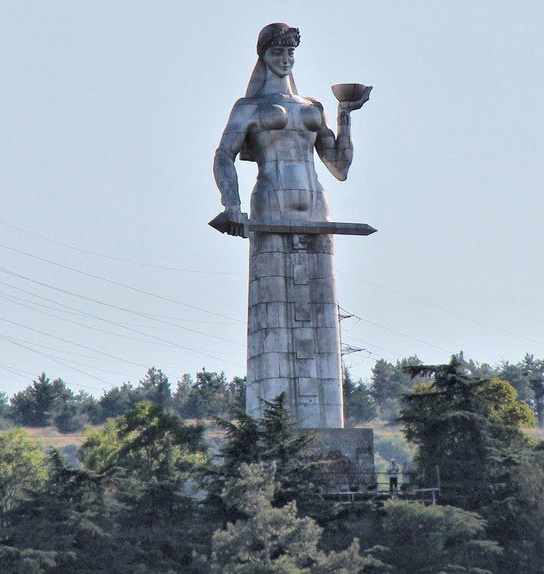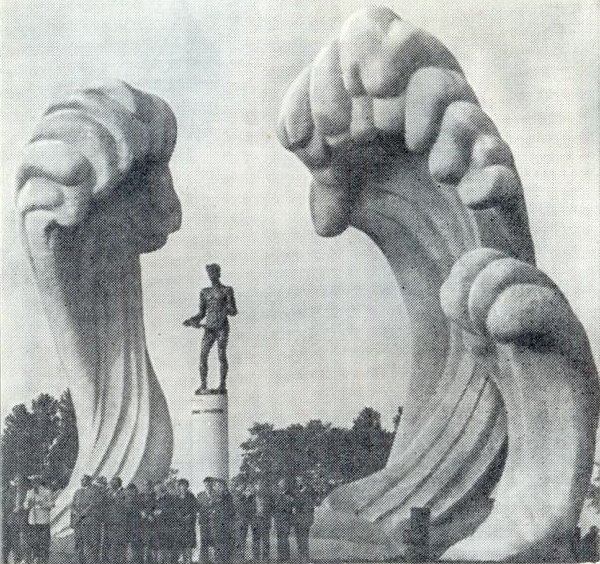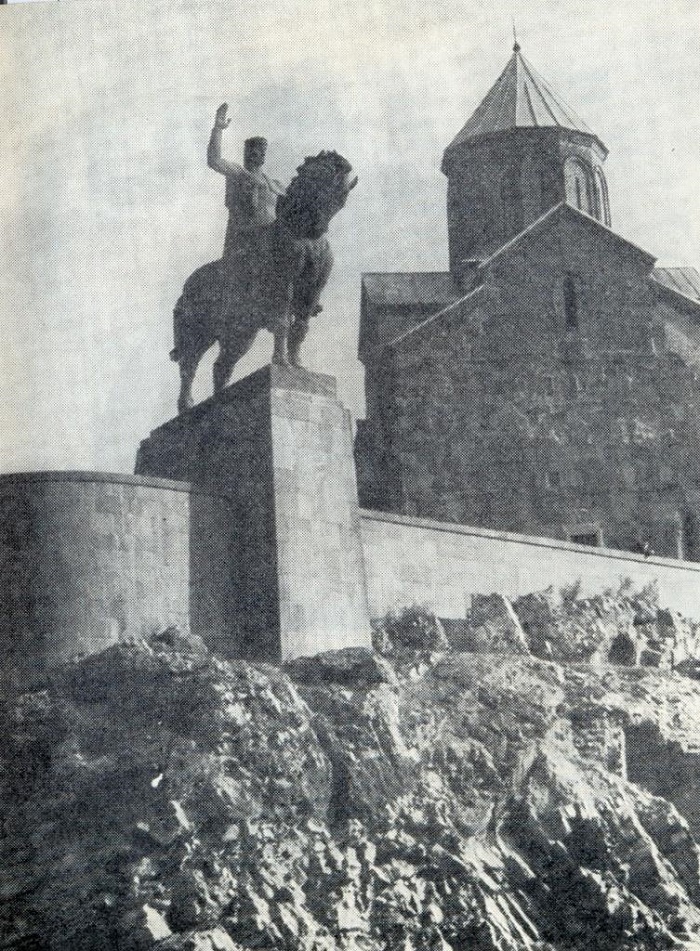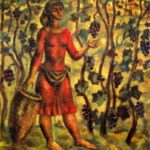Soviet Georgian sculptor Elgudzha Amashukeli
Soviet Georgian sculptor Elgudzha Amashukeli (22 April 1928 – 10 March 2002). People’s artist of the USSR (1988). Laureate of the State Prize of the USSR (1982).
Once, as a winner of the drawing competition, the sixth-grade student Amashukeli arrived in Tbilisi, the capital of Georgia. The week spent in Tbilisi – deeply imprinted in his memory. There he first heard the opera “Aida”, first visited the exhibition of works of professional artists in the Georgian Picture Gallery. A huge impression on him made a picture of one of the founders of modern Georgian painting, Soviet artist Moisei Toidze, “Gifts for front-line friends.” The decanter, full of water on this picture, long remained mysterious to him, like an illusionist’s trick. He could not unravel the visual mystery of painting.
At the age of twelve he took part in the republican exhibition of children’s drawings and won the first victory. Maybe then his subconscious fantastical love of painting appeared. Anyway, but from that day he even more believed in his calling and never in his life changed it.
For the sculpture Mother Georgia (1958-1963) Elgudzha Amashukeli received the State Prize of the Georgian SSR named after Shota Rustaveli (1965). The statue symbolizes the Georgian national character: a female figure holds a bowl of wine in her left hand for greeting those who come as a friend, and in her right hand a sword for those who come as an enemy.
During this trip there was another bright event – he saw the building of the Tbilisi Academy of Arts. Not daring to go inside, he examined the building of the academy from the outside. The structure seemed to him full of some mystery. As the artist later recalled, “I must have anticipated in advance the difficulties that could await me on the way to achieving the goal.” Meanwhile, the goal and dream was to learn art in this building. And in fact, five years later he was already a student of the academy and for ten years mastered the profession of a sculptor. The dream, which seemed unattainable to him from childhood, became a reality.
According to the sculptor himself, drawing, music, cinema, and theater were the companions of life from childhood. “It was unimaginably meaningless for me a day when I somehow did not come into contact with art.” An indelible first great impression he received from the Soviet films “Trilogy about Maxim”, “Circus”, “Musical History”, “Battleship Potemkin”, “We are from Kronstadt”, and “Chapayev”. Besides, he enjoyed Charlie Chaplin’s films “The Lights of the Big City” and “New Times”.
Studying in the sixth grade, the teacher of his native language and literature, became just returned from the front of Shalva Gugava. It turned out that, in addition to the philological faculty, the new teacher graduated from the Tbilisi Academy of Arts, and was a professional artist and sculptor. Having seen boy’s drawings, the teacher advised his parents to take him to Tbilisi to an art school so that in the future he could continue studying at the academy.
However, moving an entire family to Tbilisi was not an easy task during the war. The new teacher managed to show the boy only a few professional drawing rules, when suddenly he went to the front again. “My dream of studying with a real artist before entering the academy was still a dream. Remembering my childhood now, I think that I experienced the greatest joy in my life at that time.”
Georgian sculptor Elgudzha Amashukeli
Source:
A book “Elgidzha Amashukeli”. The sixth feeling. Moscow. 1981

























